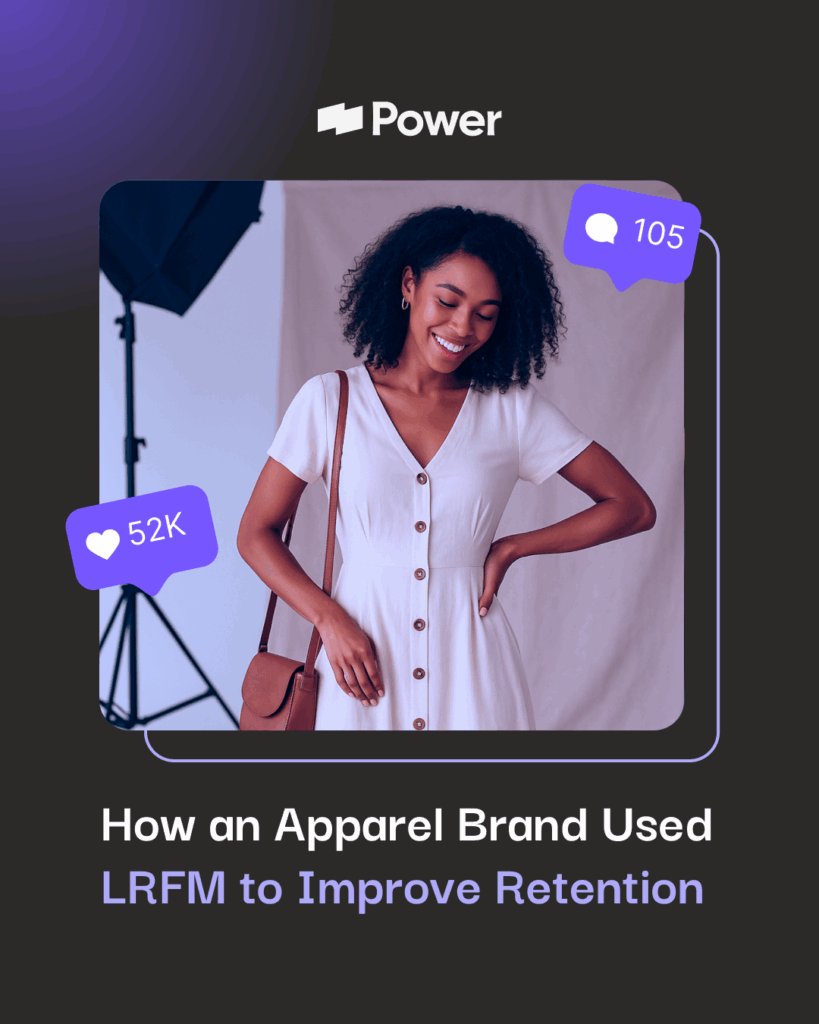With social media growing exponentially and gaining more value with every click, scroll, and open browser, there is no time like the present to dive into this promising industry as an intern. This blog will list the traits and steps to take to be a standout candidate, followed by the exceptional skills you will learn and the work you will do here at PDM as an Organic Social Media Intern.
Preparing For An Internship Within Social Media
Before discussing the hard skills, let’s talk about the soft skills. Effective time management, attention to detail, being open to learning and willing to work hard are a few of the things that will set you up for success.
Beyond that, there are hard skills that, although are not required, are very helpful and useful. These include prior experience with a brand’s social media account, photoshop experience, exceptional writing skills, as well as photography and much more related to our industry.
If you’re looking to prep in your free time with little to no resources, log into Facebook, Instagram, and Twitter, follow your favorite brands, and watch what they post. Think strategically and critically about what they post, what purpose that post might serve, and how people react to it. This can help you form a basic knowledge of social strategies.
What You Can Expect From Your Internship
You will have the opportunity to learn every single day if you are open to it. From day one, you will learn about multiple clients, their industries, and social personas. Before creating content, you’ll learn about each brand’s voice and the importance of having a distinctbrand voice. Moreover, certain brands may have the ability to take risks in their verbiage, while others cannot and will have a strict guideline to follow.
Alongside a brand voice is gaining brand credibility. For certain clients, this will be a main goal to accomplish, which we’ll work at daily. You will learn how to build credibility through community management, as well as the overall social strategy.
Related: How to Craft Creative Social Media Campaigns
As you nurture a social community, you will also learn how to outreach to new prospective followers. You’ll learn how to outreach using keywords, competitors, and influencers depending on the platform. With this outreach and community management comes social listening.
Social listening is essential to staying up to date with what competitors are doing, what type of posts or tweets are trending within a client’s industry, and what people are wanting. In such an ever-changing field, staying in the loop and on-trend is key. Social listening also means listening to customers and addressing positive feedback and negative problems appropriately.
Through all of this and by scheduling content, you will learn how to navigate each platform like a pro from the business side. This includes Facebook Insights, Publisher, Instagram Story Analytics, and even what types of posts are appropriate for each platform.
Related: How to Make the Most of an Internship
You will learn the two major types of content: traffic driving and engagement driving. Under these two umbrella terms are different strategies, goals, and types of posts to make. After successfully making content, both imagery and messaging, you’ll learn how to create a report.
Reporting is crucial to PDM, as we are results driven. Collecting, organizing, and understanding data is important for presentation and for creating new strategies or continuing working ones.
Throughout it all, you will have the opportunity to learn the digital marketing lingo. You will also be working alongside professionals in different departments. Learning how multiple departments work together for a client’s goal is a great asset to have.
Go Above & Beyond
At Power Digital, we believe in going above and beyond whenever possible. If you see room for improvement or an opportunity to grow, we applaud that with admiration. Lastly, get excited! This is going to be an amazing experience to learn, grow, and meet some awesome people. We are happy to have you!







